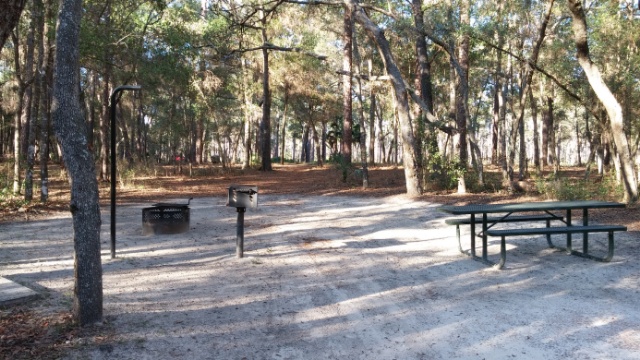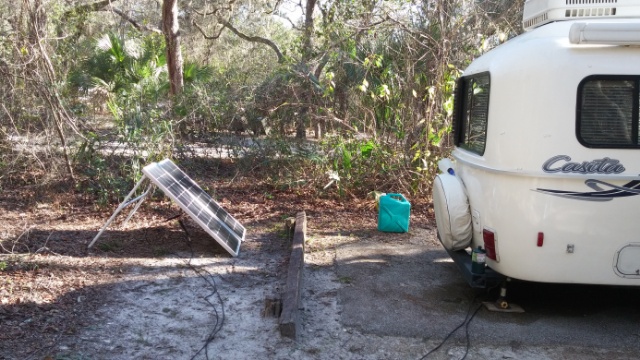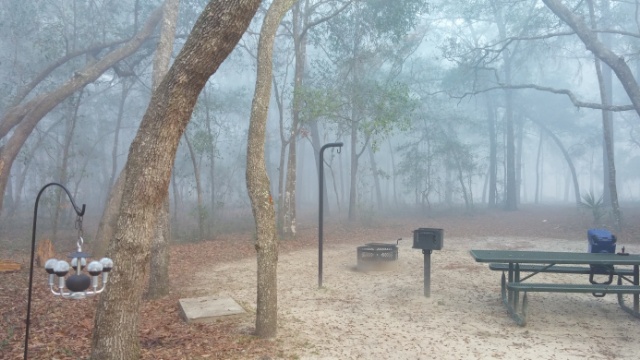Sunny1
Well-known member
- Joined
- Oct 6, 2011
- Messages
- 200
- Reaction score
- 0
I'm camping in an area that has partial shade. My Renogy 200 watt starter kit with MPPT controller is producing adequate power for LEDs, propane refrigerator control panel @ 14 amps/day, and for charging 2 tablets, 2 cell phones, and a Verizon Jetpack hotspot.
I am curious to know how much partial shade affects my solar panels and can't find any numbers. I am severely math challenged, so would appreciate very simple instructions on figuring how many amps per day I am actually producing and using.
On a good day, my battery bank ends up charged at 13.11 (2 100 watt AGM's). By morning, it is around 12.75.
As I understand it, AGM batteries are fully charged at 13, instead of 12.7 for flooded batteries.
The only solar usage chart I have ever understood is Bob's solar panel capability chart for dummies that shows exactly which devices you can use with various size solar arrays.
Would appreciate any explanations that I can understand.
I am curious to know how much partial shade affects my solar panels and can't find any numbers. I am severely math challenged, so would appreciate very simple instructions on figuring how many amps per day I am actually producing and using.
On a good day, my battery bank ends up charged at 13.11 (2 100 watt AGM's). By morning, it is around 12.75.
As I understand it, AGM batteries are fully charged at 13, instead of 12.7 for flooded batteries.
The only solar usage chart I have ever understood is Bob's solar panel capability chart for dummies that shows exactly which devices you can use with various size solar arrays.
Would appreciate any explanations that I can understand.







